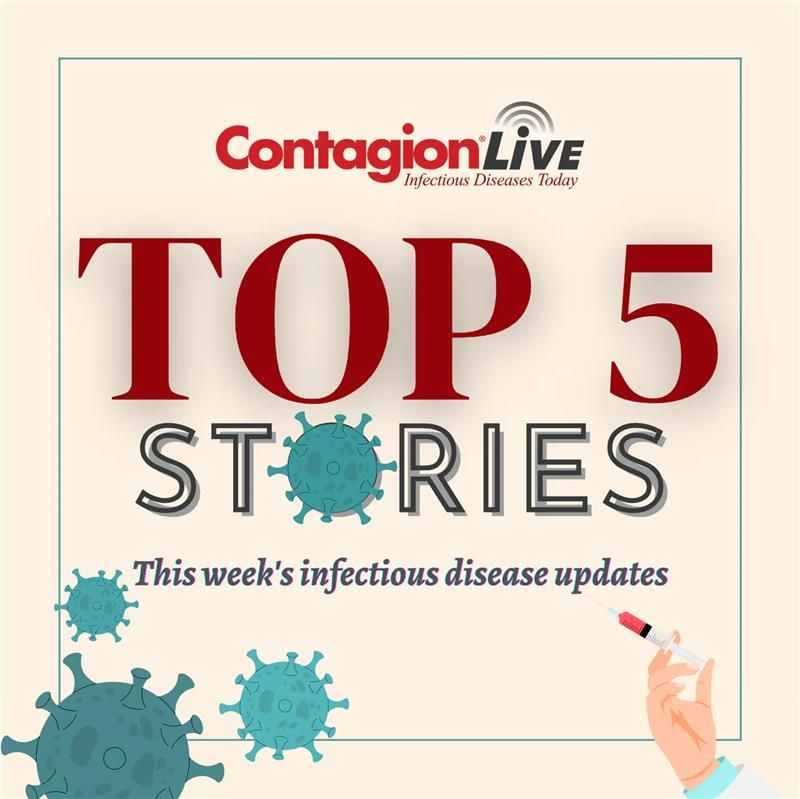Photo credit: Pexels/Mart Production

Drug use is a topic we’ve increasingly worked to address, ranging from providing needle exchange programs, harm reduction strategies, mental health services, and seeking to address marginalization and access to care. Following a pandemic that amplified many stressors, there is a renewed interest in trying to better support people who inject drugs (PWID) and struggle with addiction.
The Australian Institute of Health and Welfare, reports that in 2019, 1.5% of the Australian population aged 14 years and older reported injecting a drug in their lifetime.1 In 2023, 56% of PWID noted that methamphetamine was the most commonly used injected drug. Moreover, they noted that globally in 2020, over 11 million people injected drugs and 1.4 million of PWIDs were living with HIV.
Given the health risks for PWID, researchers and public health teams have worked to better assess and improve health-related quality of life. In the latest Quality of Life Research journal, researchers published their findings in assessing the health-related quality of life (HRQoL) within a cohort of PWID in Australia.2
Establishing an observational cohort study from 2014-2018 across 15 sites in Australia, the team provided finger-stick samples for point-of-care hepatitis C virus (HCV) testing as well as a liver disease assessment. A questionnaire, the EQ-5D-3L, was utilized to measure current self-perceived health including components related to mobility, self-care, ability to do usual activities, pain/discomfort, and anxiety/depression. Regression models were utilized to assess clinical and socioeconomic pieces of these scores across the 751 participants.
What You Need to Know
Globally in 2020, over 11 million people injected drugs, and 1.4 million PWIDs were living with HIV, emphasizing the global scale and impact of injection drug use.
Interestingly, current HCV infection, liver fibrosis stage, high-risk alcohol consumption, and gender were not found to have a statistically significant impact on HRQoL.
The findings underscore the need for tailored support and intervention efforts among PWID, especially in light of the reported HRQoL scores.
The authors noted that the median age was 43 years and 67% of those participating were male. Sixty-three percent reported using injection drugs in the last month and 43% had a current HCV infection. In addition, 29% reported completing high school or higher education and 85% received government assistance as the main source of income. 68% of participants had no or mild liver disease.
The authors found that, “the mean EQ-5D-3L score and EQ-VAS score for the overall population were 0.67 and 62, respectively. The mean EQ-5D-3L scores were the highest among participants who were employed (0.83) compared to those receiving government assistance (0.73). There were no significant differences among people with and without recent injecting drug use (mean: 0.66 vs. 0.68, median: 0.73 vs. 0.78, P = 0.405), people receiving and not receiving OAT (mean: 0.66 vs. 0.68, median: 0.73 vs. 0.76, P = 0.215), people self-reporting HCV infection and no HCV infection (mean: 0.67 vs. 0.66, median: 0.73 vs. 0.73, P = 0.716) and people with and without confirmed current HCV infection (mean: 0.67 vs. 0.67, median: 0.73 vs. 0.73, P = 0.964).”
These findings highlight important information for better support and intervention efforts among PWID, as there is much work to be done. Moreover, it’s interesting to note that current HCV infection, liver fibrosis stage, and high-risk alcohol consumption appeared to have little impact on HRQoL, and gender was not found to be statistically significantly related either. Employment and stable housing were found to have higher mean and median HRQoL scores, which should drive stronger effort to ensure both are more accessible.
References
1. Australian Institute of Health and Welfare. Alcohol, tobacco, & other drugs in Australia. Dec 13, 2023. Accessed January 29, 2024.
https://www.aihw.gov.au/reports/alcohol/alcohol-tobacco-other-drugs-australia/contents/priority-populations/people-who-inject-drugs
2.Cheng, Q, Bajis S, Cunningham, E. et al. Health-related quality of life among people who inject drugs in Australia. Qual Life Res 32, 3195–3207 (2023). https://doi.org/10.1007/s11136-023-03465-3








Thanks for sharing. I read many of your blog posts, cool, your blog is very good.